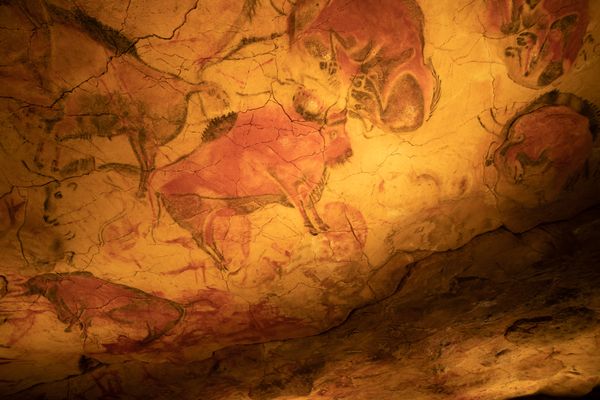
Thanks to its mountainous terrain, Spain possesses a number of cave systems, some of them among the most famous in the world. The Iberian nation is again piquing the interest of scientists and archaeologists in 2019 as three new hand prints were discovered on the walls of the Altamira caves in Cantabria while the Nerja caves in Malaga celebrate 60 years since their accidental discovery by a group of young boys.

The hand prints in the Altamira caves were uncovered by a research project conducted by team members at the Museum of Altamira in collaboration with the HANDPAS project, a project that is focused on documenting and spreading the Palaeolithic hand representations in Europe. These newly discovered hand prints add to the previously known six handprints that reside in the cave system and are said to be over 20,000 years old.
Following their discovery, the hands were photographed and catalogued in to HANDPAS’ collection of Palaeolithic hands found in Europe. The hands vary in colour from a dark violet to an intense red and demonstrate how the Altamira caves still produce fascinating findings that shine a new light on how our prehistoric ancestors once lived.
The actual relics of the Altamira caves are closed to the public, bar a tiny ballot of ticket-holders each week, to keep them from deteriorating. However replicas crafted with charcoal and red oxides designed to identically model the originals are on exhibit. Combined with the neighbouring Museum of Altamira that has a number of relics on display, visitors are able to get a vivid window into the prehistoric past.
The Nerja caves in Malaga are also under close inspection this year given that it is the 60th anniversary since their discovery by a group of five young boys from the local town of Nerja. In search of bats, the youngsters delved into the cracks in the side of the mountain and soon ran into stalactites and stalagmites blocking their path. Determined to find the animals inside, the group returned the following day in 1959 and after breaking through discovered two skeletons. Now 60 years on, a host of prehistoric art made up of nearly 600 motifs, 800,000 year old rock formations and ancient human remains have been found in the caves.
The foundation that manages the site has prepared a tribute to the men who made the find 60 years ago. The four remaining men –José Luis Barbero sadly passed away in 2007 – represented the town of Nerja at the international FITUR tourism fair in January and will also be offering guided tours around the cave system in April 2019 in commemoration of the 60th anniversary. Some of the men have devoted their professional lives to the cave system while all five of them have at least one child who works there. Nowadays a statue of the inquisitive young boys who once ventured into the mountain stands in their honour.





